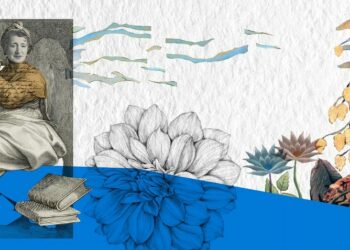Innovative Teaching Tools
Back in 2020, the Paradigma Education Foundation published the “Guidebook on History Teaching: Why, How?” for teachers in Armenia the purpose of which is to develop active historical thinking. This year, they launched another innovative tool for teachers—a gender history pack—called History #5. Co-founder Narek Manukyan speaks to EVN Report about the idea, the journey and the purpose of this new tool.



























